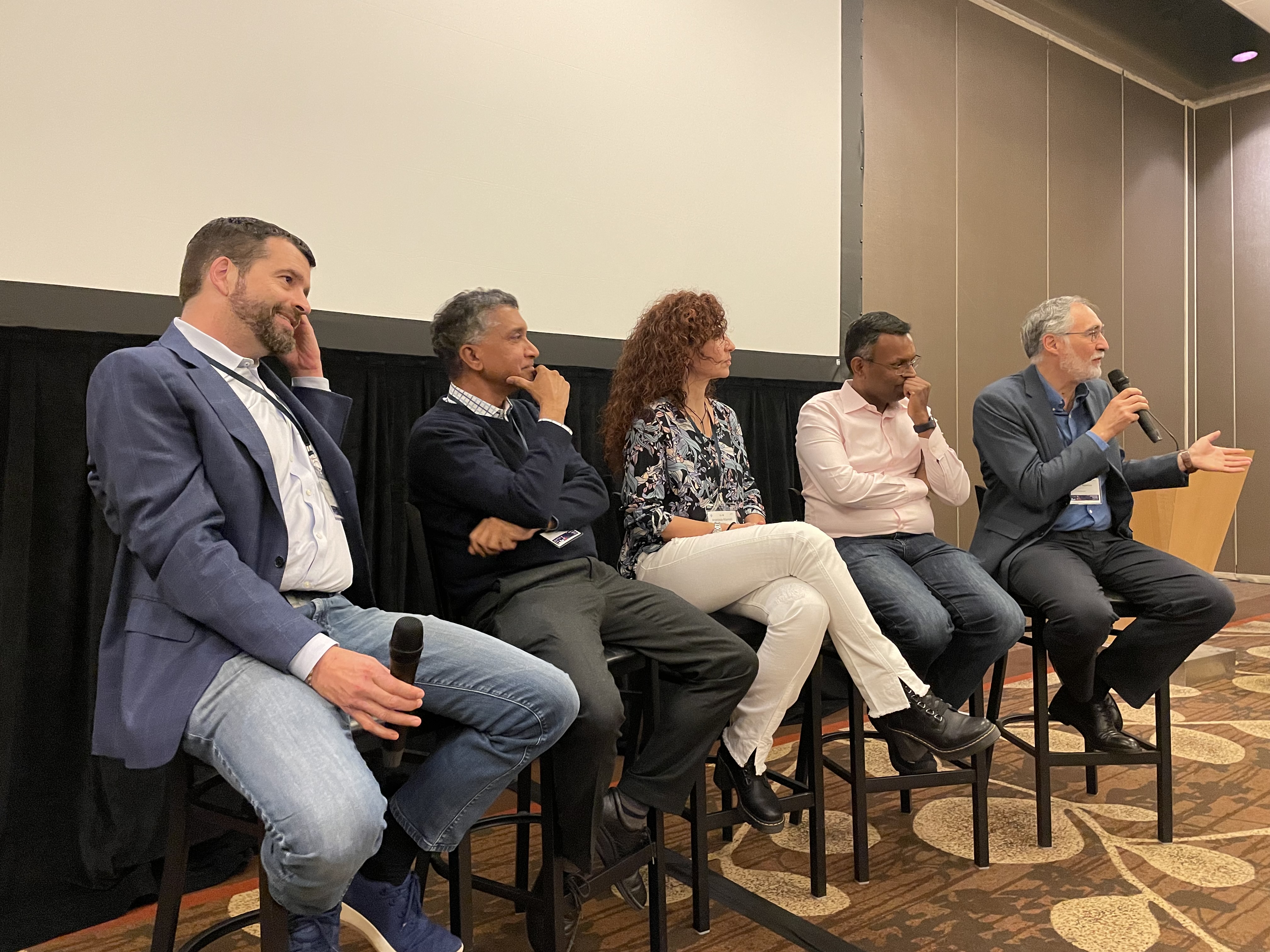Best of metadata in 2021
As it became our tradition, here are some highlights from my 2021 posts. Systems Foundational distributed systems papers There is plenty of room at the bottom Graviton2 and Graviton3 Fail-silent Corruption Execution Errors (CEEs) at CPU/cores SOSP21 conference (Day1) Using Lightweight Formal Methods to Validate a Key-Value Storage Node in Amazon S3 Building Distributed Systems With Stateright Sundial: Fault-tolerant Clock Synchronization for Datacenters Do tightly synchronized clocks help consensus? Databases Linearizability What's Really New with NewSQL? A read-only transaction anomaly under snapshot isolation FoundationDB Record Layer: A Multi-Tenant Structured Datastore Misc Learning a technical subject Your attitude determines your success Humans of Computer Systems: Obdurodon Facebook: The Inside Story (2020) by Steven Levy Previous years in review Year in review 2020 Year in review 2019 Year in review 2018 Research, writing, and career advice










